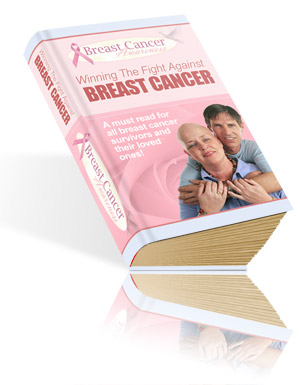There are several breast cancer treatment options to choose from, which could can be confusing and overwhelming. The treatment options can differ from patient to patient, from a breast cancer type to another and from a breast cancer stage to another. To give an example, the treatment goal for breast cancer in stage I, II and III is to cure the cancer and prevent a recurrence either in the original location of the tumor or anywhere else within the body. However, The treatment goal for cancer in stage IV is symptom improvement and prolonged survival. Most breast cancer types in the last stage cannot be cured.
Surgery
Surgery is for the premier local option available in the treatment of local tumors in breast cancer, which include breast-conserving surgery and mastectomy. The type of surgery chosen will depends on the size of the tumour, location of the tumour and risk for recurrence. This treatment option removes the tumour in its entirety.
Radiation Therapy
Radition therapy is a treatment type that uses high-energy rays or particles that destroy the cancer cells. There are two types a radiation therapy: external beam radiation and internal radiation.
Radiation Therapy is usually administered several weeks after a lumpectomy or whenever the surgery has healed after a mastectomy. Treatment can last from three to six weeks. It is administered externally but in some cases treatment can be administered internally.
Systemic Therapy
Systemic therapy treatment is received through oral or IV medication to reach and dismiss the cancer cells that may have spread beyond the breast region. Systemic therapy includes: chemotherapy, hormone therapy and immunotherapy.
The chemotherapy treatment can be taken by mouth, by injection, by intravenous injection or by intravenous pump at set cycles or rounds that are determined by the drugs prescribed. These treatments cause the fast growing cancer cells to stop dividing, stop growing and die. Chemotherapy can be given before surgery to shrink a tumour or after surgery to reduce the chances of recurrence.
Hormone Therapy
About two thirds of breast cancers containing estrogen or progesterone receptors are caused by the hormone called estrogen. Estrogen is produced by the ovaries until menopause. This hormone will continue to be present in a woman's body after menopause because a testosterone-like hormone produced by the adrenal gland is converted into estrogen mostly into the fat tissues of the body. Hormone therapy is trying to block the estrogen effect and to reduce the estrogen level.
There are several hormone therapy options like TAMOXIFEN and ARIMIDEX
Lumpectomy is often a suitable treatment option for patients with the following breast cancers:
- Ductal carcinoma in situ (DCIS)
- Stage 1
- Stage 2
- Stage 3
Stage 2 breast cancers are curable with current multi-modality treatment consisting of surgery, chemotherapy, radiation therapy and hormonal therapy.
Subscribe to:
Post Comments (Atom)
 Learn What Breast Cancer is and How to Deal with It.
Learn What Breast Cancer is and How to Deal with It.
No comments:
Post a Comment